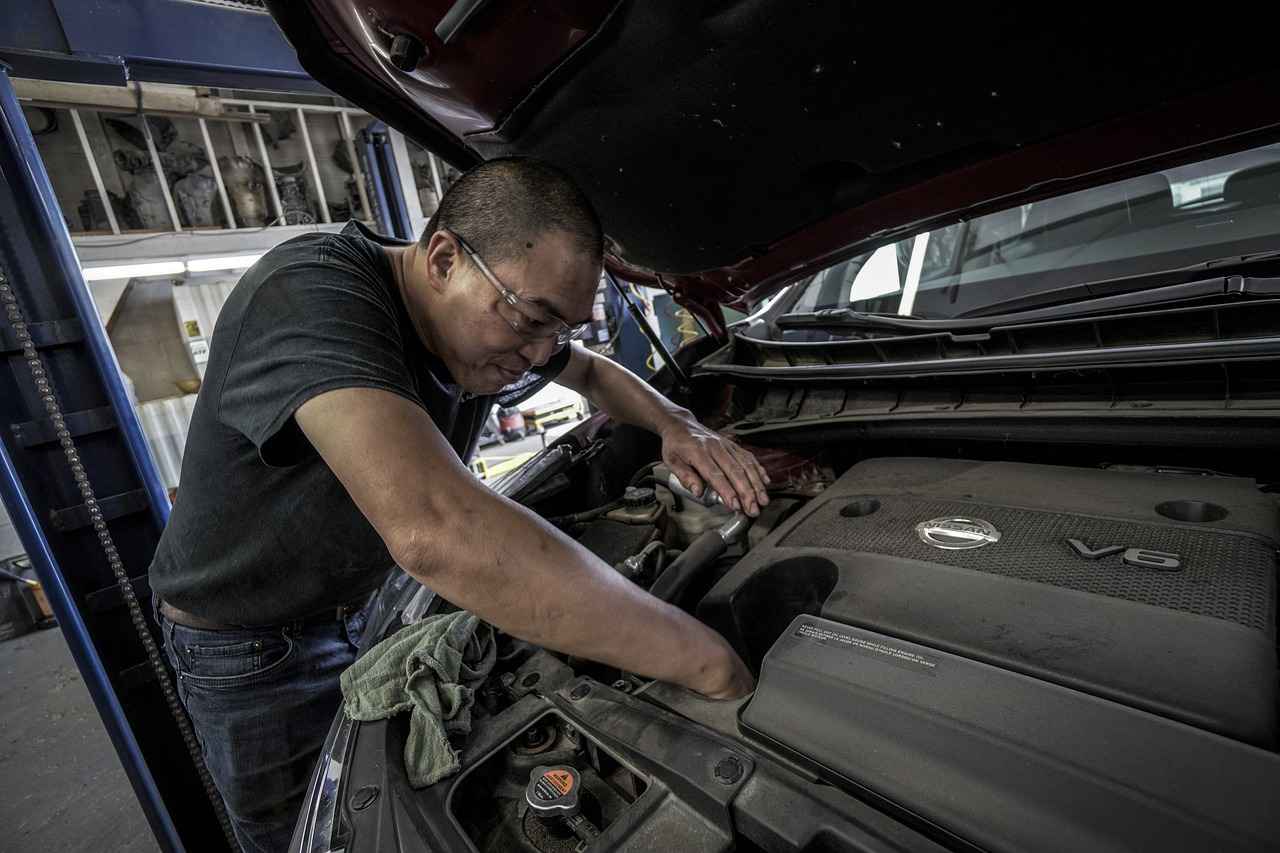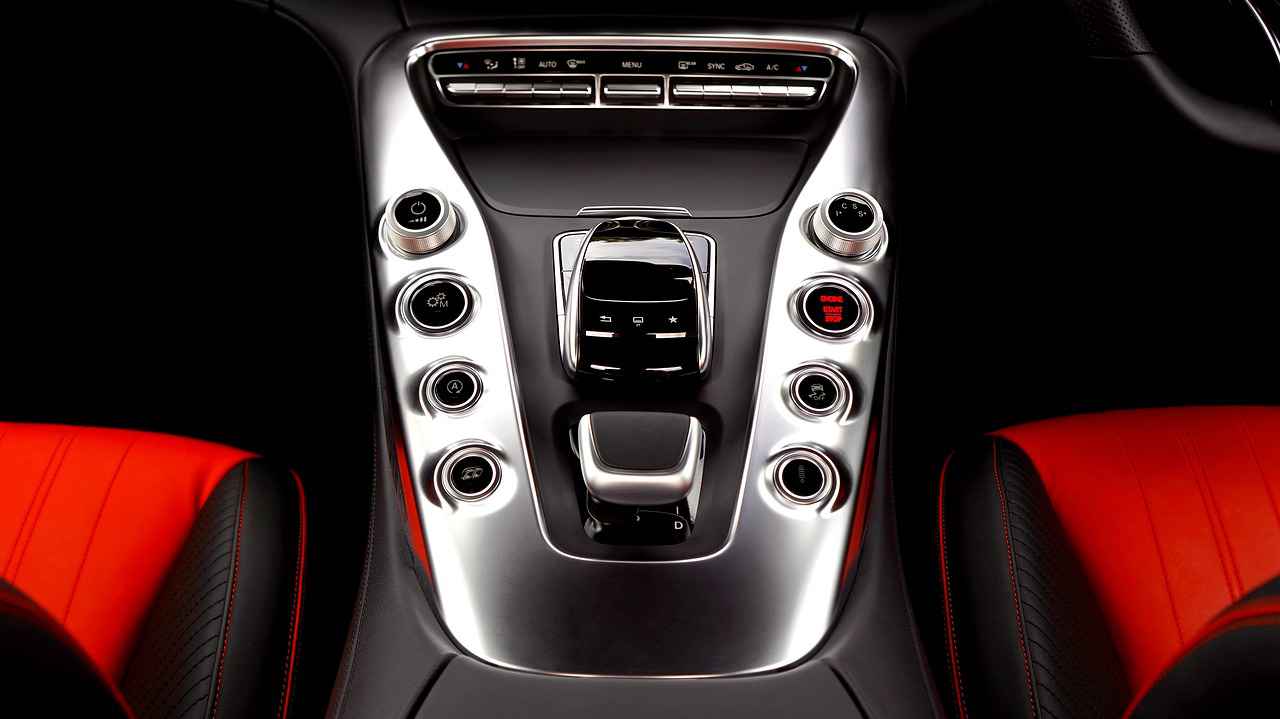My car is on its last legs, and I’ve been grappling with the decision on whether to fix it or just buy a new one. If you’re in the same situation, maybe my experience can offer some guidance.
Recently, I managed to smash the side mirror of my SUV, Moose, against the garage wall in a hurry, which set me back $135 and 30 minutes to fix. During the repair, I took the opportunity to ask the dealer about a rattling noise that had been bothering me for months. Turns out, the middle muffler linked to the catalytic converter needed replacing, which would cost a staggering $1,200-$1,500. Ouch! The dealer suggested a cheaper alternative, replacing just the middle muffler at a local shop for about $600.
Considering Moose is 11 years old and worth around $4,000, these repairs seemed steep. Beyond the muffler, there were additional issues like malfunctioning dashboard indicators for traction control and ABS, which were actually fine; it was just the dashboard fuse that was the problem. I opted for a DIY fix with some black tape to cover up the warning lights. Plus, with only 30% brake life left, I’d need to spend another $600-700 soon.
Altogether, repairs could total $600 to $2,500, nearly 62% of Moose’s current value, not to mention the annual car registration fee just came in at $109. It made me question whether keeping Moose was worth it.
As someone who gets easily bored with new cars, I’ve questioned the wisdom of buying new. I remember lusting after a BMW 335i back in 2007, but then quickly losing interest when the Audi S5 came out a year later. Visiting car dealerships and test driving new cars usually helps curb my appetite for spending a fortune on a fleeting thrill.
Given all this, what should you do if your car is dying? If you’re frugal and can pay cash, consider whether it’s more sensible to spend a fraction of a car’s value on repairs that could extend its life by several years. Or, would it make more sense to invest in a new car with a warranty, acknowledging the higher insurance costs and the inevitable first scratch pains?
Here’s a financially prudent approach: keep your car expenses minimal. Instead of splurging on a flashy new model, invest in real estate or other appreciating assets. If you do decide a new car is essential, choose a modest one or a reliable used car that won’t bore you after a year. This way, you maximize the value of your money while working towards financial freedom.
In the end, I opted for a modest but reliable Honda Fit named Rhino, which is far more economical on gas compared to Moose. This choice aligns with my goal of financial prudence while still meeting my needs for mobility.











































